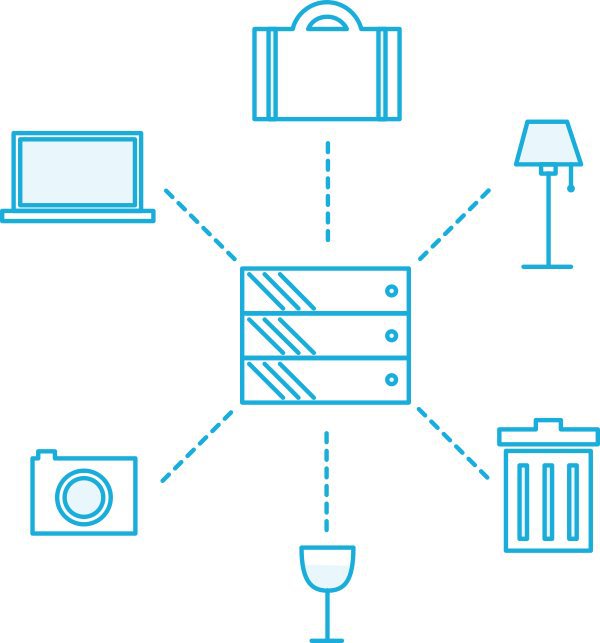The Internet of Things
The Internet of Things (IoT) is the network of physical objects or "things" embedded with electronics, software, sensors, actuators, and connectivity to enable objects to exchange data with the manufacturer, operator, and/or other connected devices.

The Internet of Things refers to a system with devices that are often constrained in communication and computation capabilities, now becoming more commonly connected to the Internet or at least to an IP network, and to various services that are built on top of the capabilities these devices jointly provide. It is expected that this development will usher in more machine-to-machine communication using the Internet with no human user actively involved.
IoT is a very rapidly growing area of technology and connects with a number of other emerging technologies. Several IETF Working Groups, spanning multiple Areas are developing protocols and best common practices that are directly relevant to the communication and security aspects of IoT. These protocols are used by a variety of companies, as well as other IoT standards development organizations (SDOs) and alliances, to build and specify interoperable systems. Due to the distributed nature of IoT protocol development and use, there is often a need for coordination across different groups working on IoT.
The IETF IoT Directorate is an advisory group of experts selected by the IETF Internet Area Directors and the IoT Directorate Chairs. The main purpose of the IoT Directorate is coordination within the IETF on IoT-related work, and increasing the visibility and communication between IETF IoT activities and other SDOs, industry alliances, and other organizations. A IETF Blog post provides an overview of IoT-related work underway within the IETF.